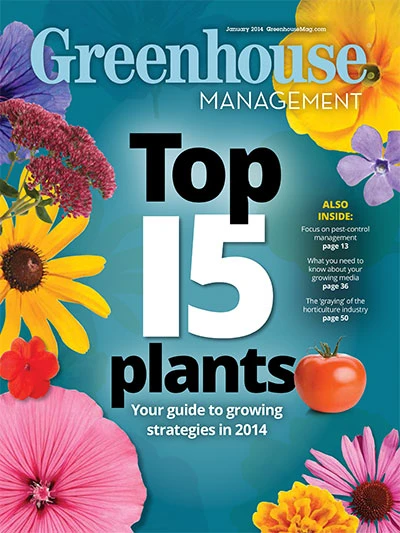|
More than 20 years after the first one was launched, websites today are integral to smart business practices within the horticulture industry. Without one, businesses risk being invisible to a growing segment of consumers who prefer to investigate businesses and shop their inventory from the comfort of their own homes, coffee shop, or wherever and whenever. (In case you’re wondering, the first-ever website is believed to have been launched in1991 at a CERN facility in the Swiss Alps by 36-year-old physicist Tim Berners-Lee. CERN is the European Organization for Nuclear Research.) But what is it exactly that ensures the effectiveness of a website? Stanford University, an early Internet pioneer, developed 10 guidelines (http://credibility.stanford.edu/guide lines) to help address this question. Follow these, and you’re well on your way to achieving cyber-success. 1.Make it easy to verify the accuracy of information on your website. One of the simplest ways to use this guideline is to link to suppliers or university extension websites. They can become your credible sources to “back up” information you have on yours. 2. Show there is a real organization behind your website. Ask permission to post employee photos and include first names. Why? Most people are more comfortable doing business with people than with faceless, nameless, online entities. Protect the identity of your employees, but be proud of them and share their contributions where appropriate. 3. Highlight the expertise of those in your organization. Have your employees gained industry-specific certifications or awards? Your website can be one place to highlight and share their successes, while underscoring point #2. 4. Show that honest and trustworthy people stand behind your site. Showing smiling and productive employees you are proud of helps communicate that yours is a firm that is trustworthy and well worth doing business with. 5. Make it easy to contact you. (If this were my list, this would be my pick for item #1.) Have you ever looked online for some information about a business and couldn’t find it? What do you want to do after you’ve searched for a minute or two? Phone them, right? The problem (and source of great frustration) is that you can’t find the telephone number! Every business should have a contact telephone on every page. I also recommend adding a location and hours of operation. Those are the two most often sought pieces of information after that elusive telephone number. 6. Design your site to look professional. Whether your website was designed inhouse or by an outside consultant, it needs to effectively reflect that you are in the horticultural business. In other words, like your inventory, it needs to be attractive. This doesn’t mean fancy and ever-changing graphics are required, but it should be visually appealing. 7. Make your site easy to use and useful. People go to your site looking for information. Most of what they want you probably can anticipate. For starters, be sure to include your telephone number, location, and hours of operation. There may be product questions, but you can handle that with information about key products before you embark on a mission to have every product listed or sold. What do you get frequent calls about? What are most people asking you questions about? That is great insight on what makes your site useful. How do you make it easy to use? Have a few navigation buttons (going back to what makes it useful) and maybe even searchable. Remember that most folks want 80 percent of the same information and a few folks want more detail or that unusual information.
9. Use restraint with any promotional content. Most people want information, not a sales pitch. Downplay the sales and offers and pop-up ads. Focusing on the content you discovered makes your site useful and easy to use from #7 and #6. 10. Avoid errors of all types, no matter how small. Get your best detail person to check the spelling of all plant names. Ask two people to review every page before it is posted. Be sure you have the right plant name with the right image. Nothing will make you appear unprofessional more than a wrong plant name or typographical error. Details matter. Mastering these 10 items is essential to achieving online professionalism. Once a business has mastered these, they should be thinking about making the site mobile-ready as many customers, both consumers and commercial buyers, are seeking online information through their smartphones. Key pages would be prime targets for adaption first, but all pages should be mobile ready with two to three years. Take a look at your website with a fresh perspective after reviewing these 10 guidelines for credibility. See how many you have mastered and which you want to make a priority for the New Year.
|

Explore the January 2014 Issue
Check out more from this issue and find your next story to read.
Latest from Greenhouse Management
- The Growth Industry Episode 3: Across the Pond with Neville Stein
- A nation of gardeners: A history of the British horticulture industry
- How Izel Native Plants is solving the native plant conundrum
- Trends: Proven Winners 2025 perennial survey shows strong demand
- Online registration opens for 2025 Farwest Show
- Cashing in with customization
- The Ball Seed Difference
- Lawsuit challenges new H-2 visa rules






